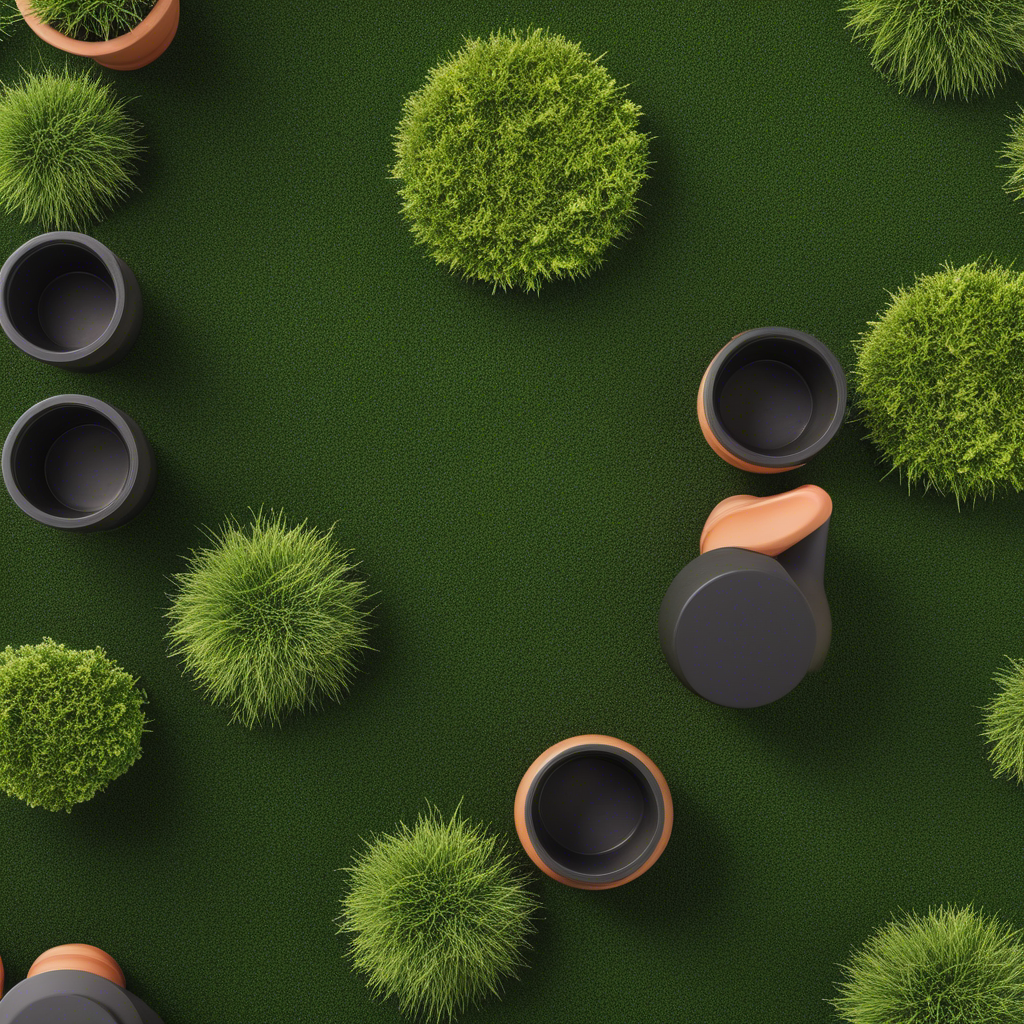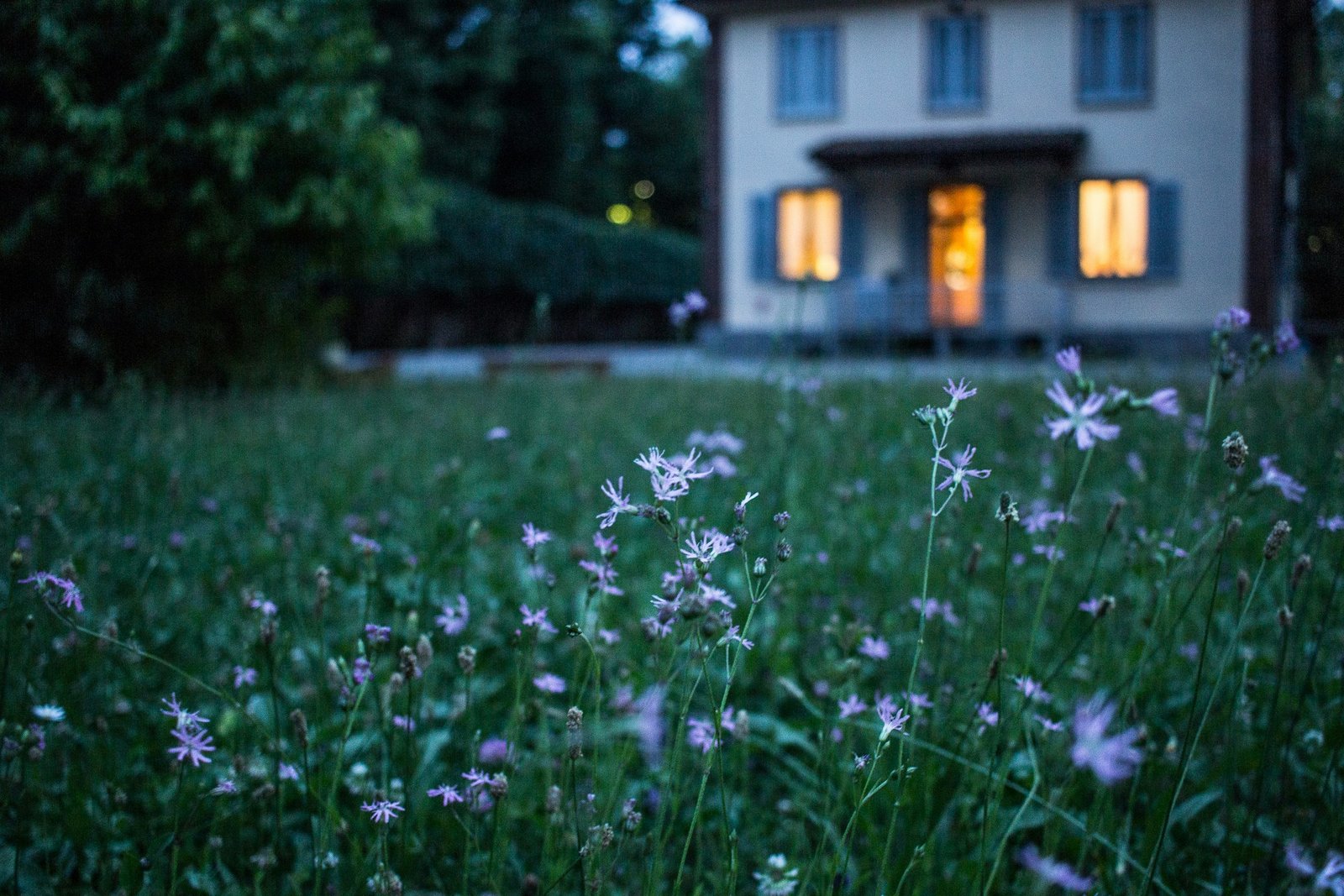Artificial turf, also known as fake grass or synthetic turf, has become a popular alternative to natural grass in recent years. While it has its advantages, it also has its disadvantages. In this article, we will explore the pros and cons of using artificial turf in your yard, to help you make an informed decision about whether it’s the right choice for you.
Pros of Artificial Turf
- Low Maintenance: Artificial turf requires very little maintenance, as it doesn’t need to be watered, mowed, or fertilized. This makes it a great option for busy homeowners who don’t have the time to care for a natural lawn.
- Water Conservation: Artificial turf is a great way to conserve water, as it doesn’t require any watering. This is especially beneficial in areas where water is scarce or restricted.
- Year-Round Use: Artificial turf can be used year-round, regardless of the weather conditions. This makes it a great option for families with kids, or for people who enjoy outdoor activities like soccer, football, or lacrosse.
- No Pesticides or Fertilizers: Artificial turf doesn’t require any pesticides or fertilizers, which makes it a healthier option for families with pets or children.
- Cost-Effective: Artificial turf can be a cost-effective option in the long run, as it doesn’t require any maintenance or upkeep.
Cons of Artificial Turf
- High Upfront Cost: Artificial turf can be expensive to install, especially if you have a large yard.
- Heat: Artificial turf can get very hot in the sun, which can make it uncomfortable to walk or play on.
- Limited Lifespan: Artificial turf has a limited lifespan, typically ranging from 10 to 20 years, depending on the quality of the turf and how well it’s maintained.
- Appearance: Some people may not find artificial turf to be as aesthetically pleasing as natural grass.
- Environmental Concerns: Artificial turf is made from plastic and other synthetic materials, which can be detrimental to the environment if not disposed of properly.
Types of Artificial Turf
There are several types of artificial turf available, each with its own unique characteristics and benefits. Some of the most common types of artificial turf include:
- Nylon Turf: This type of turf is made from nylon fibers and is known for its durability and resistance to wear and tear.
- Polypropylene Turf: This type of turf is made from polypropylene fibers and is known for its softness and flexibility.
- Polyethylene Turf: This type of turf is made from polyethylene fibers and is known for its resistance to UV rays and extreme temperatures.
Installation and Maintenance
Artificial turf can be installed by a professional, or it can be a DIY project. The installation process typically involves laying down a base layer of compacted gravel or sand, followed by the artificial turf itself. Maintenance is relatively easy, and involves brushing the turf to keep it clean and free of debris.
Conclusion
Artificial turf can be a great option for homeowners who want a low-maintenance, water-conserving alternative to natural grass. However, it’s essential to consider the pros and cons of artificial turf, as well as the different types of turf available, before making a decision. By doing your research and weighing the advantages and disadvantages, you can make an informed decision that’s right for you and your yard.


